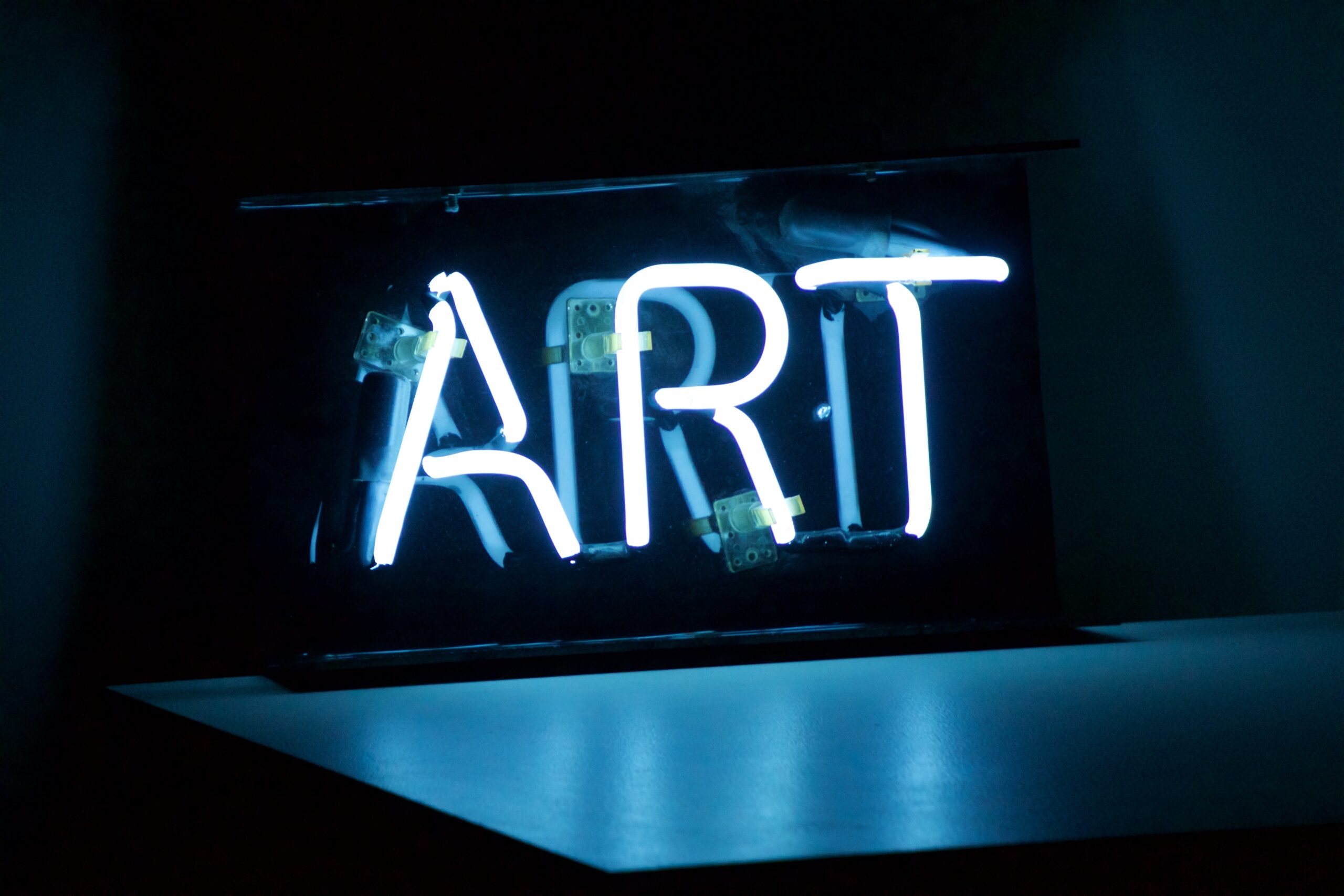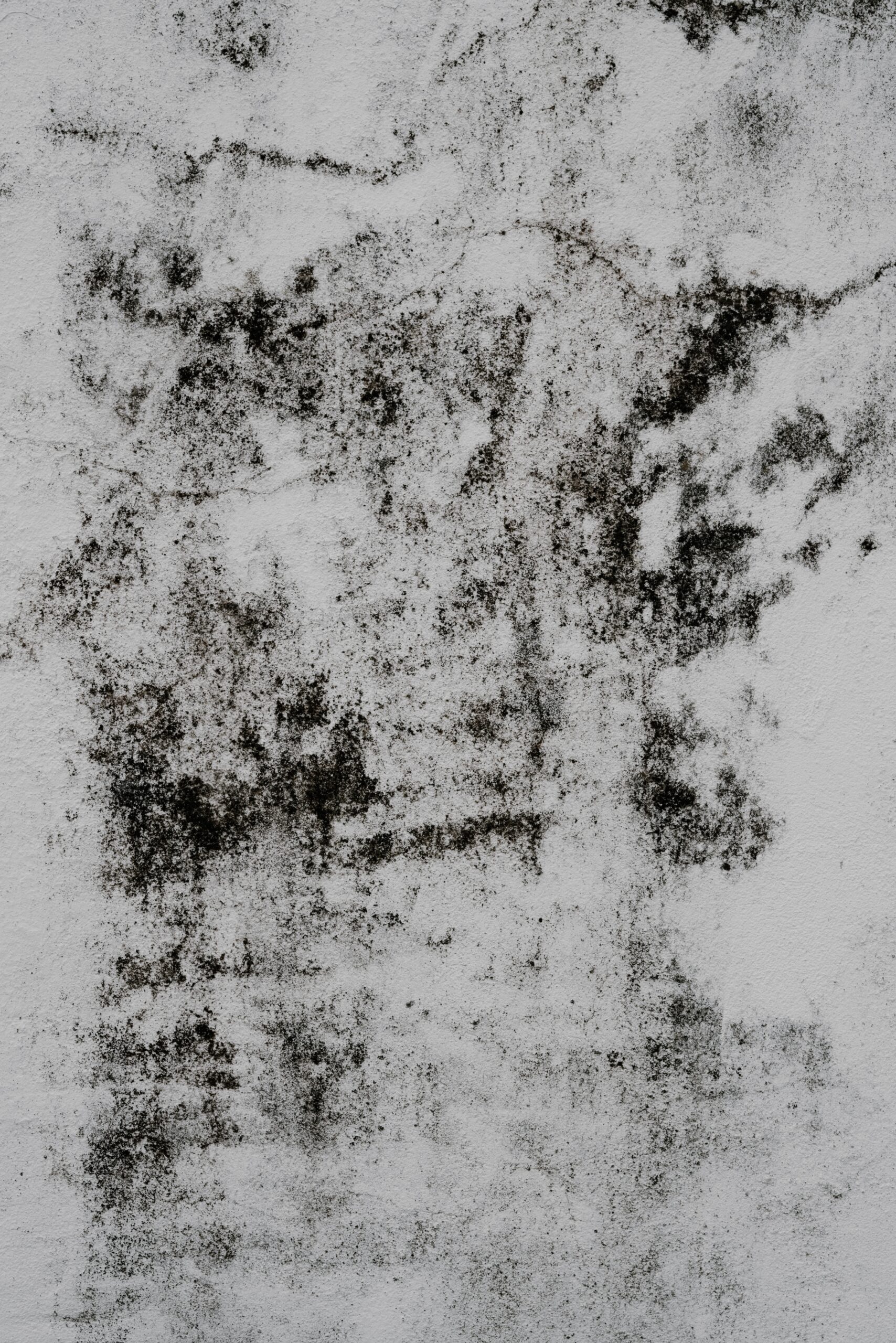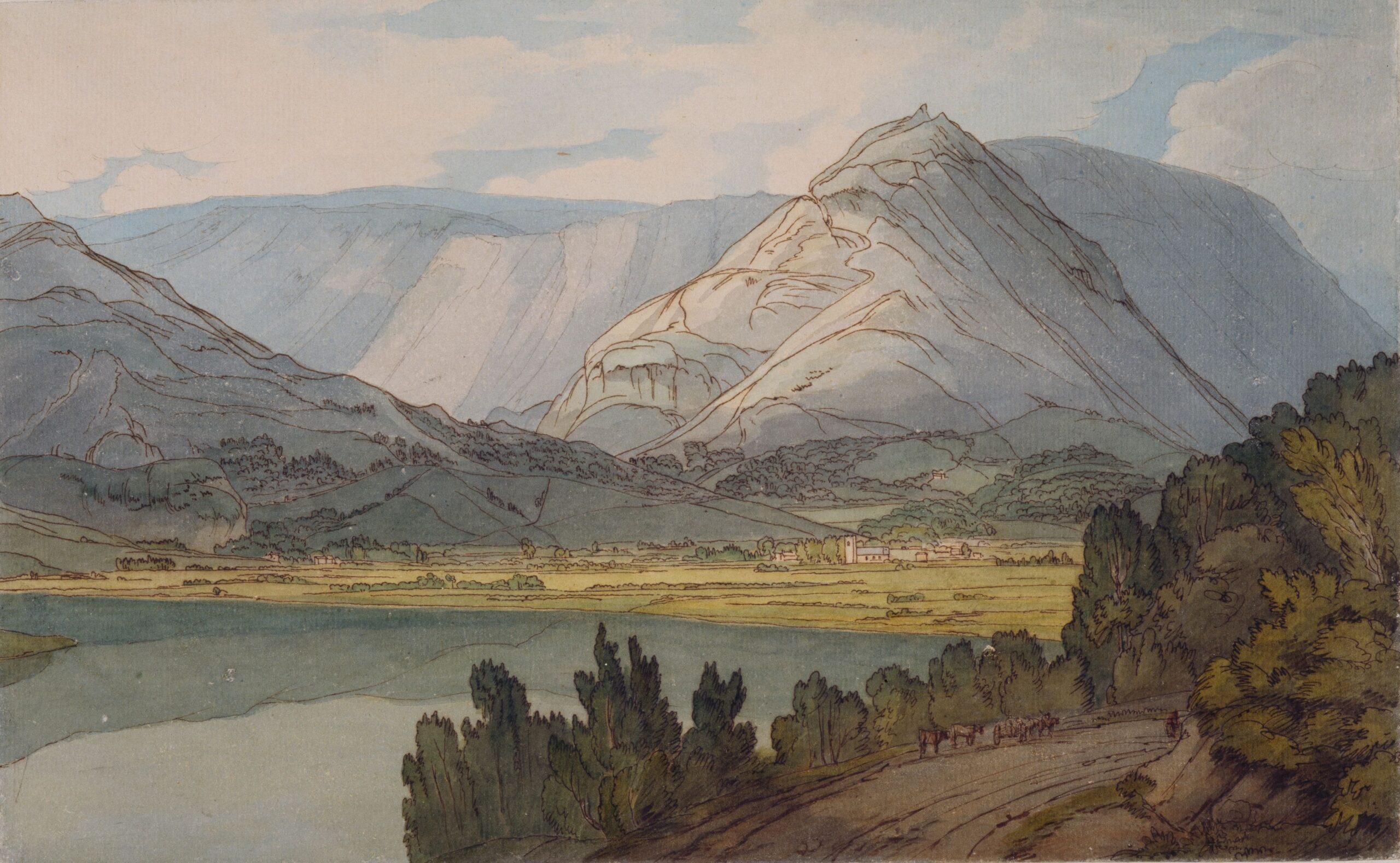In this article, you will discover a comprehensive guide on how to create your very own gouache paint. Gouache is a versatile and popular medium that offers vibrant colors and opaque coverage. By following simple steps and gathering a few essential materials, you can save money while exploring your creative side. Transforming everyday items into high-quality paints has never been easier. Let us show you how to mix your own pigments, create the perfect consistency, and experiment with different hues. With our detailed instructions and tips, you will be able to produce customized gouache paints that suit your artistic needs and elevate your work to a new level of professionalism. So, let’s get started on this exciting journey of crafting your own gouache paints.
Materials Needed
To make your own gouache paint, you will need the following materials:
Powdered pigment
Powdered pigments are the colorants used in gouache paint. They come in various shades and can be mixed together to create different colors. Choose pigments that are of high quality and suitable for gouache painting.
Gum arabic
Gum arabic is a binder that helps the pigment adhere to the paper or other surfaces. It also enhances the flow and stability of the paint. Make sure to use gum arabic specifically formulated for artists’ use.
Water
Water is used to dilute the paint and achieve the desired consistency. It is essential to use clean water to prevent any contaminants from affecting the quality of the paint.
Mixing palette
A mixing palette is used to blend the powdered pigment, gum arabic, and water together. It can be made of ceramic, glass, or plastic, and should have wells or compartments to separate different colors.
Paintbrushes
A set of paintbrushes with different sizes and shapes will be needed to apply the gouache paint to the desired surface. Make sure to use brushes suitable for gouache painting and clean them thoroughly after each use.
Glass jars or containers
Glass jars or airtight containers are used to store the homemade gouache paint. It is important to use containers that can be sealed tightly to prevent the paint from drying out.
Measuring spoons
Measuring spoons are necessary to accurately measure the powdered pigment and gum arabic. Use spoons specifically designated for art materials to avoid contamination.
Plastic wrap
Plastic wrap is used to cover the jars or containers of the gouache paint to protect them from drying out and to keep the paint fresh for longer periods.
Paint spatula
A paint spatula or palette knife can be used to mix the ingredients and scrape the paint from the mixing palette. It helps ensure thorough mixing and allows for easy transfer of the paint to the containers.
Masking tape
Masking tape is optional but helpful for securing the plastic wrap around the jars or containers. It provides additional protection against air exposure and helps maintain the paint’s consistency.
Preparing the Workspace
Before you start making your own gouache paint, it is important to prepare your workspace properly. Follow these steps:
Choose a well-ventilated area
Gouache paint can emit fumes, so it is crucial to work in a well-ventilated space. Open windows or use a fan to ensure a steady flow of fresh air. This will help minimize the inhalation of any potentially harmful substances.
Cover the working surface
Protect your working surface, such as a table or a desk, by covering it with a plastic sheet, newspaper, or a disposable tablecloth. Gouache paint can be messy, and covering the surface will make clean-up much easier.
Set up a clean mixing palette
Ensure that your mixing palette is clean and free of any remnants from previous paint mixing. Remove any dried or hardened paint and wipe the palette with a damp cloth to achieve a clean surface for your new gouache paint.
Organize the materials
Gather all the materials needed for making the gouache paint and arrange them in a systematic manner. This will help you work efficiently and minimize any chance of confusion or misplacement during the process.
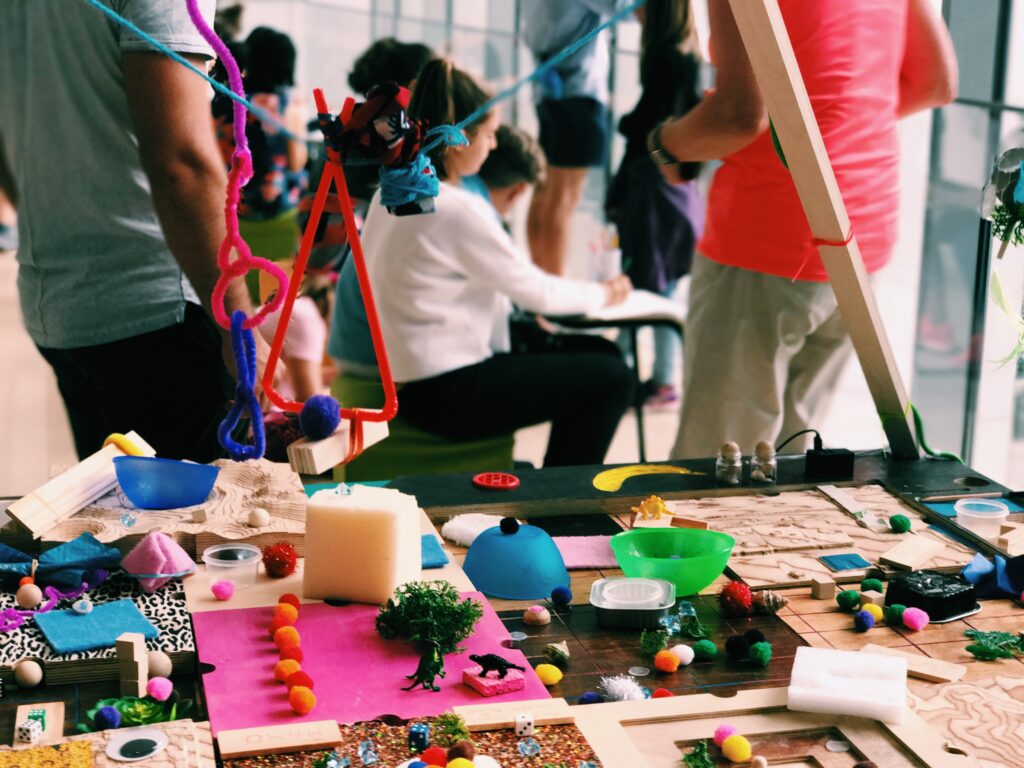
This image is property of images.unsplash.com.
Mixing the Gouache Paint
Now that your workspace is ready, it’s time to start mixing your own gouache paint. Follow these steps:
Measure the ingredients
Using the measuring spoons, measure the desired amounts of powdered pigment and gum arabic. The exact measurements will vary based on your desired color intensity and the specific brand of pigment you are using. Refer to the manufacturer’s instructions for recommended ratios.
Preparing the gum arabic solution
Place the measured gum arabic in a small container and add a small amount of water. Mix it well until the gum arabic dissolves and forms a smooth and consistent solution. This solution will act as a binder for the pigment.
Mixing the pigment and gum arabic
Transfer the measured powdered pigment to the mixing palette. Create a well in the center of the pigment and pour the gum arabic solution into it. Use the paint spatula to blend the pigment and gum arabic together, ensuring that they are thoroughly combined.
Adding water
Once the pigment and gum arabic are well mixed, gradually add water to the mixture. Start with a small amount and continue adding water while continuously stirring. The goal is to achieve a smooth and creamy consistency that is easy to work with.
Mixing until smooth
Continue mixing the paint until the pigment, gum arabic, and water are fully incorporated, and there are no lumps or clumps. Use the paint spatula to scrape the sides of the palette to ensure even mixing. The paint should have a velvety texture and spread easily on the surface.
Adjusting consistency
If the paint is too thick, add small amounts of water and continue mixing until the desired consistency is reached. If the paint is too thin, add a small amount of powdered pigment and gum arabic mixture to thicken it. Make adjustments gradually to avoid overcompensating.
Creating different colors
To create different colors, repeat the above steps for each pigment you wish to use. Experiment with varying ratios of pigment and gum arabic to achieve different hues and intensities. Keep a record of the ratios used for future reference.
Storing and Preserving Gouache Paint
Once you have mixed your gouache paint, it is important to store and preserve it properly to maintain its quality over time. Follow these steps:
Transferring the paint into jars
Using a clean paintbrush, transfer the mixed gouache paint into glass jars or airtight containers. Fill them to the top to minimize air exposure, as air can cause the paint to dry out or develop a crust.
Labeling the jars
Label each jar with the color name and the date of mixing. This will help you identify the paint easily and keep track of its age. You can also include any specific notes or ratios used for that particular color.
Covering with plastic wrap
After filling the jars, cover the openings with plastic wrap. This will create an airtight seal and prevent the paint from drying out. Secure the plastic wrap with masking tape for additional protection.
Storing in a cool and dry place
Store the jars of gouache paint in a cool, dry place away from direct sunlight and extreme temperatures. Gouache paint can be sensitive to heat and moisture, which can affect its consistency and color quality.
Shelf life of gouache paint
Properly stored gouache paint can last for several months to a few years, depending on various factors such as the quality of pigments used and the storage conditions. Regularly check the paint for any signs of spoilage or color changes before use.

This image is property of images.unsplash.com.
Tips and Tricks
To enhance your homemade gouache paint-making experience, consider the following tips:
Start with small quantities
When starting out, it is advisable to work with small quantities of pigment and gum arabic. This allows for easier adjustments and experimentation without wasting large amounts of materials.
Experiment with different pigments
Don’t be afraid to explore different pigments and their combinations. Experimentation will help you discover unique colors and broaden your artistic palette.
Gradually add water for desired consistency
When adding water to the paint, do so gradually. This allows you to achieve the desired consistency without accidentally making the paint too thin.
Use airtight containers to prevent drying
Using airtight containers for storing your gouache paint is essential. This prevents air from reaching the paint and causing it to dry out or spoil.
Clean brushes and palettes after each use
To maintain the quality of your paint and prevent cross-contamination, clean your brushes and palettes thoroughly after each use. Use water and mild soap to remove any residual paint and gum arabic.
Mix colors on the palette for variety
Gouache paint allows for easy color mixing on the palette. Take advantage of this by mixing different pigments together to create a wide range of hues and shades.
Practice and refine your techniques
Making your own gouache paint is not only about the final product but also about the journey of experimentation and self-discovery. Practice regularly and refine your techniques to develop your own unique style.
Common Mistakes to Avoid
To achieve the best results with your homemade gouache paint, avoid the following common mistakes:
Adding too much water at once
Adding excessive water to the paint can result in a runny consistency and weaken the color intensity. Gradually add water and monitor the consistency to avoid this issue.
Using low-quality pigments
Low-quality pigments can adversely affect the vibrancy and longevity of your gouache paint. Invest in high-quality pigments to achieve better results.
Not properly sealing the containers
Inadequate sealing of the containers can lead to the paint drying out or becoming contaminated. Ensure that the containers are tightly sealed to maintain the paint’s quality.
Storing in a humid environment
Humidity can affect the consistency and mold growth of gouache paint. Avoid storing the paint in humid environments to prevent such issues.
Neglecting to clean brushes and palettes
Failure to clean your brushes and palettes after each use can result in color contamination and affect the quality of subsequent paint mixes. Take the time to clean them properly.
Mixing incompatible pigments
Some pigments may not mix well together and can result in muddy or undesirable colors. Familiarize yourself with pigment compatibility to avoid disappointing mixes.
Alternative Recipes
Apart from the traditional gouache paint recipe, you can also try alternative options:
Egg-based gouache paint
Egg-based gouache paint involves using egg yolk as a binder instead of gum arabic. Follow a similar process, replacing the gum arabic with egg yolk.
Acrylic-based gouache paint
Acrylic-based gouache paint combines the matte finish of gouache with the permanence and versatility of acrylic paint. Mix acrylic paint with a medium to achieve a gouache-like consistency.
Watercolor-based gouache paint
Watercolor-based gouache paint can be created by increasing the pigment concentration in watercolor paint. This results in a more opaque and vibrant finish.
Natural dye-based gouache paint
For an eco-friendly approach, consider using natural dyes such as plant extracts or homemade dyes from vegetables or spices. Experiment with different plant-based materials to create unique and sustainable gouache paints.
Using Homemade Gouache Paint
Now that you have successfully made your own gouache paint, it’s time to put it to use. Here are some tips for using your homemade gouache paint effectively:
Testing the colors
Before starting a larger project, test the colors on a separate sheet of paper. This will allow you to see how the colors dry and how they interact with each other.
Applying layers and building opacity
Gouache paint allows for layering and building opacity. Apply multiple thin layers to achieve the desired level of opacity and richness in your artwork.
Creating different textures and effects
Experiment with different techniques to create various textures and effects with your gouache paint. Try dry brushing, stippling, or using different brush strokes to add depth and interest to your artwork.
Blending and mixing on paper
Gouache paint can be blended and mixed directly on the paper by applying wet paint over partially dried layers. This technique allows for seamless transitions and gradients.
Combining with other mediums
Gouache paint can be combined with other art mediums such as watercolors, colored pencils, or ink to add more depth and versatility to your artwork. Explore different combinations and observe the unique effects they create.
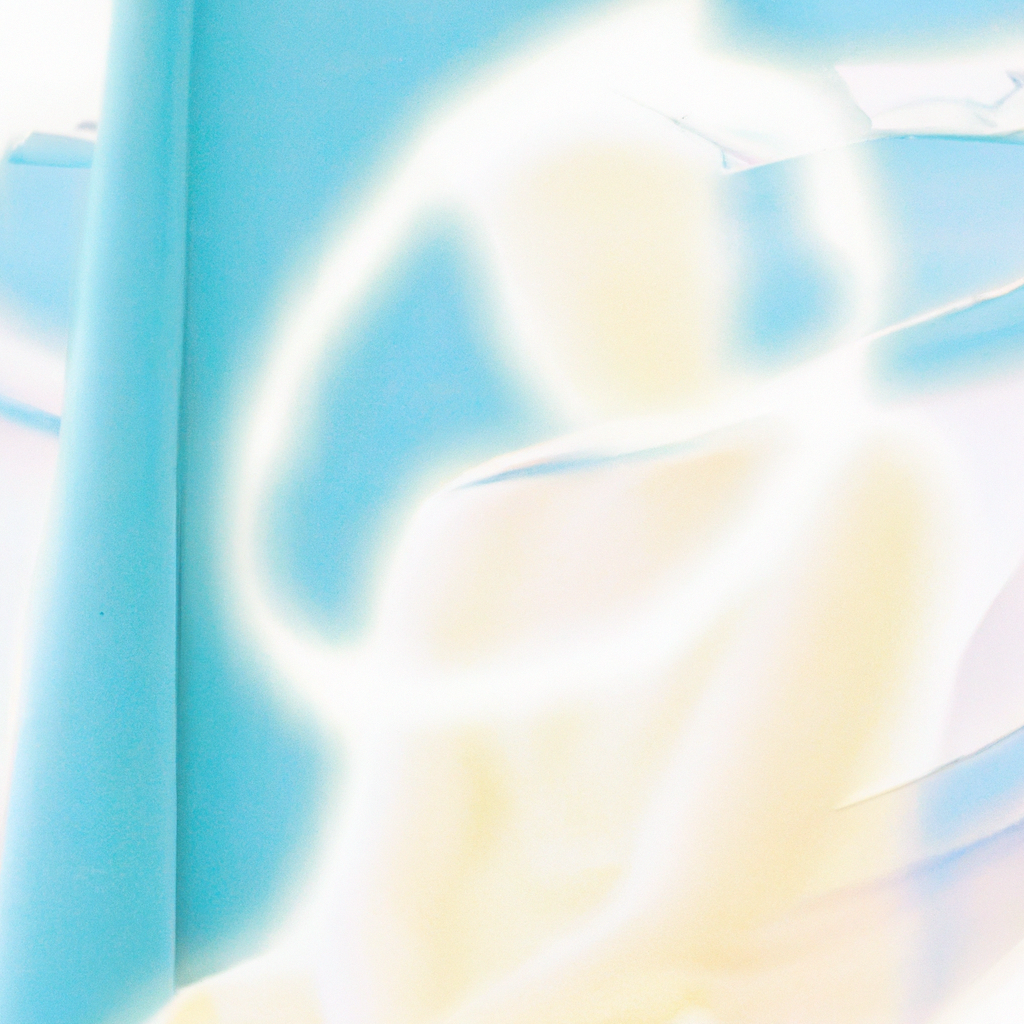
Health and Safety Precautions
While making and using gouache paint, it is important to prioritize your health and safety. Follow these precautions:
Working in a well-ventilated area
Ensure that your workspace is well-ventilated to minimize exposure to paint fumes. Open windows or use a fan to ensure a constant flow of fresh air.
Using gloves and protective clothing
When working with powdered pigments and other materials, it is advisable to wear gloves and protective clothing to avoid skin contact and potential irritation.
Avoiding ingestion or inhalation of pigment
Do not eat, drink, or smoke while working with powdered pigments and avoid inhaling them. Wash your hands thoroughly after handling pigments to remove any residue.
Keeping materials out of reach of children
Store all art materials, including homemade gouache paint, out of reach of children and pets to prevent accidental ingestion, spills, or misuse.
Properly disposing of waste materials
Dispose of waste materials, such as used paint containers or leftover pigment residues, in accordance with local regulations. Avoid pouring them down the drain or disposing of them in regular household waste.
Conclusion
Making your own gouache paint allows you to have more control over the colors, consistency, and quality of your artwork. By following the steps outlined in this comprehensive guide, you can create homemade gouache paint that meets your artistic needs. Remember to experiment, practice, and refine your techniques to develop your unique style. Take proper precautions for your health and safety during the process, and enjoy the rewarding experience of using your own handmade gouache paint in your artwork.


